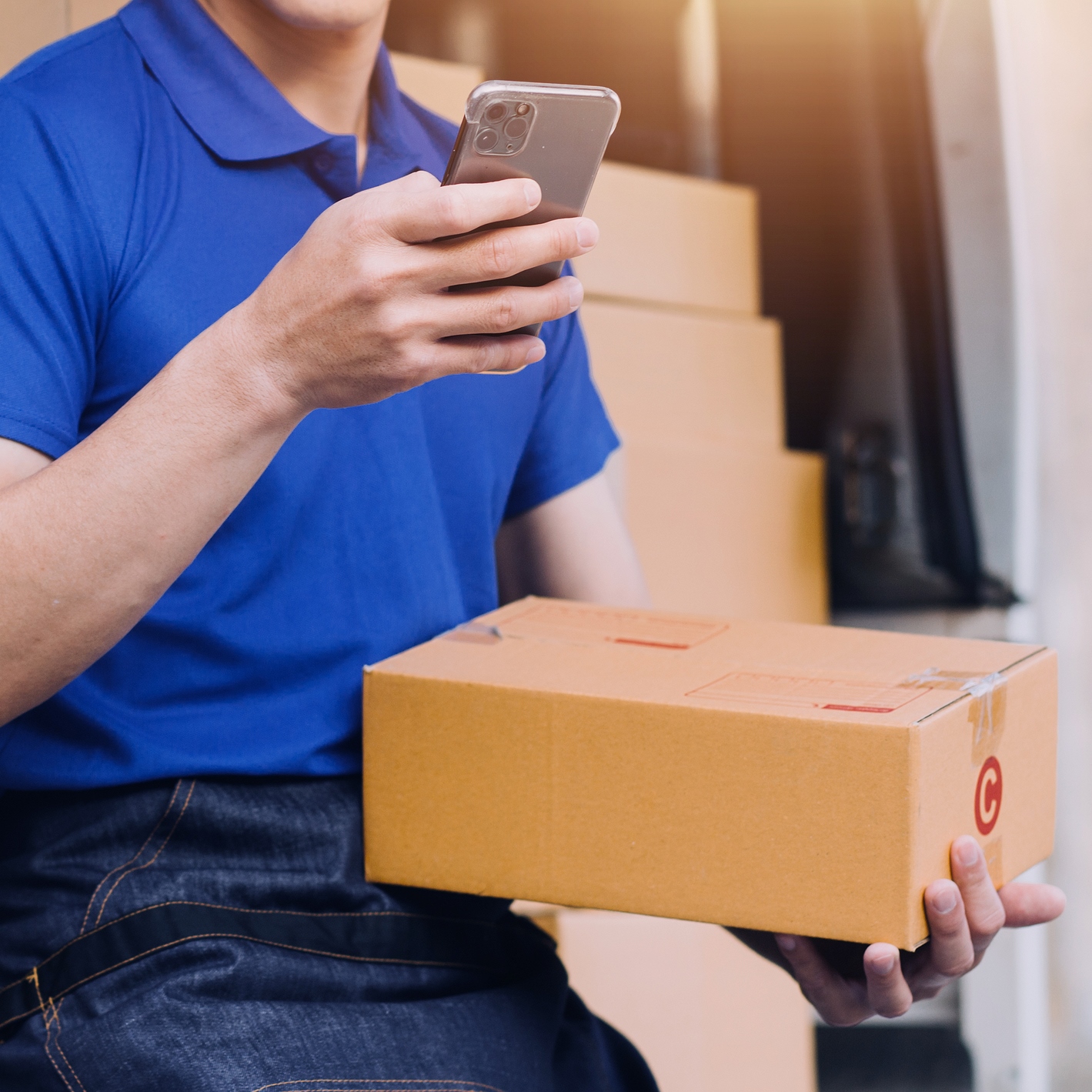Have you ever wondered how the way things show up at your door has evolved so quickly? Last mile delivery is totally reshaping how businesses get products to customers.
And if you've ever considered the logistics involved when companies like Blue Springs Home Investors help homeowners sell quickly, you'll notice just how crucial efficient delivery and timing have become in every industry, not just retail or food.
Complexity in Logistics
Today's last mile delivery landscape has become a web of complexity, shaped by rising consumer demands, fragmented delivery networks, and new urban challenges that push logistics to reinvent itself.
Multiple Stakeholders Involved
From e-commerce giants to local couriers, last mile delivery often involves the coordination of numerous partners, each with distinct processes and priorities, creating bottlenecks in the supply chain.
Urban Congestion & Traffic
City streets and suburbs aren't getting less crowded—delivery vehicles now compete for space, navigating urban congestion that delays deliveries and complicates route planning.
Customer Expectations
Fast delivery, flexible options, and real-time trackability are the new non-negotiables for consumers, putting more pressure on logistics providers to exceed expectations at every step.
Managing these interwoven challenges requires ingenuity, investment in technology, and a deep understanding of local markets, or you risk falling behind your competition.
Omnichannel Retailing Trends
Seamlessly blending online and in-store shopping, omnichannel retailing is rewriting the rules of engagement by delivering a unified experience and raising the bar for last mile delivery.
- Increased Customer Spending: Adopting omnichannel strategies results in customers spending 4% more in-store and 10% more online.
- Boosted Retention: Leading brands see 89% retention—triple that of those with limited omnichannel integration.
- Unified Commerce: Taking omnichannel up a notch, unified commerce delivers consistent, personalized experiences across all touchpoints by leveraging customer data intelligently.
- Technology Power: AI recommendations, mobile integration, and IoT-connected devices provide insights that tailor delivery and shopping experiences for every user.
- Operational Optimization: Centralized inventory, agile fulfillment, and data analytics drive down costs and speed up the last mile, with industry leaders like OneRail reporting major savings and on-time records.
By mastering omnichannel logistics, you stay ahead in a world where customer loyalty is built on convenience and connectivity.
Quick Commerce Evolution
The rise of quick commerce—or q-commerce—has rewritten delivery timeframes, pushing the industry toward 30-minute windows and on-demand convenience for everything from groceries to gadgets.
Surging Market Growth
With the US q-commerce market surpassing $21 billion in 2022, demand for ultra-fast delivery is growing with no signs of slowing down in 2024 and beyond.
Adapting Operations
Adopting hyper-localized warehouses and leveraging crowdsourced couriers enable you to meet rapid fulfillment expectations, shortening the last mile to mere city blocks.
Consumer-Centric Delivery
Shipping options now dictate purchase decisions. Some 93% of US online shoppers rate flexible, fast delivery as their top priority, leaving little room for slow operations.
Competitive Pressure
Success in q-commerce requires a dynamic fulfillment network—distributed micro-warehouses, smart batching, and intelligent demand forecasting—to keep your brand front and center for instant gratification.
Embrace this evolution, and you'll thrive where customer patience is measured in minutes.
Autonomous and Drone Delivery
Automation is visibly reshaping logistics as drones and autonomous vehicles take to the skies and streets, promising faster, greener, and more adaptable ways to reach customers.
- Traffic Bypassed: Drones avoid city congestion, ensuring packages arrive without road delays.
- Major Cost Savings: Lower operational costs—drones use 70% less energy and fuel than trucks or vans.
- Delivery to Any Location: Drones open up hard-to-reach areas, from rural homes to disaster zones, making vital deliveries possible when traditional vehicles fall short.
- Reduced Environmental Footprint: Studies show drones can use up to 94% less energy per package, helping you lower emissions across your last mile operations.
- Contactless Solutions: With health and safety in mind, drones offer fully contactless, accurate, and efficient delivery experiences, matching new post-pandemic consumer priorities.
Leading logistics firms are piloting advanced delivery drones, aligning with sustainability goals and growing demands for real-time fulfillment.
Smart Lockers & Pick-Up Points
As traditional doorstep delivery faces congestion and missed hand-offs, smart lockers and pick-up spots have emerged, transforming how and where packages meet their recipients.
Round-the-Clock Convenience
Strategically placed lockers at residential complexes, transit hubs, and office parks let customers retrieve packages at their leisure, eliminating the need to wait at home for a drop-off.
Enhanced Security and Flexibility
Each delivery triggers real-time alerts and secure, one-time codes, ensuring parcels stay safe and are only accessed by the intended recipient at a time that suits them.
Solving Missed Deliveries
Lockers and pick-up points drastically cut the rate of failed first attempts, streamlining delivery processes and minimizing costly driver redeliveries for your operations.
Sustainability Boost
By consolidating deliveries to a hub, couriers reduce vehicle miles traveled, helping lower carbon emissions across growing urban and suburban areas.
Real-Time Tracking Advances
Transparency has become a baseline expectation; real-time package tracking tech enables logistics to close the gap between delivery status and customer satisfaction.
- Elevated Visibility: Dynamic tracking lets both carriers and customers know exactly where a package is through every step of its journey.
- Live ETA Updates: Next-gen algorithms use real scan events and historical data to adapt ETAs on the fly, delivering to-the-minute precision.
- Productivity Boosts: Real-time data supports dynamic route optimization, maximizing stops per hour and virtually eliminating failed deliveries or lost packages.
- Customer Satisfaction: Proactive notifications lower WISMO (“Where Is My Order?”) inquiries and drive better post-delivery reviews.
- Competitive Differentiator: Carriers adopting best-in-class tracking position themselves as tech leaders, attracting and retaining e-commerce partnerships.
As tracking innovations become mainstream, you'll build trust with every order and keep customers informed, reducing friction for your team and end recipients alike.
The Future Arrives
You can expect the logistics sector to be continually shaped by new technologies and shifting consumer demands. Staying informed on innovations and evolving solutions is crucial for adapting to the changing landscape of last mile delivery.
